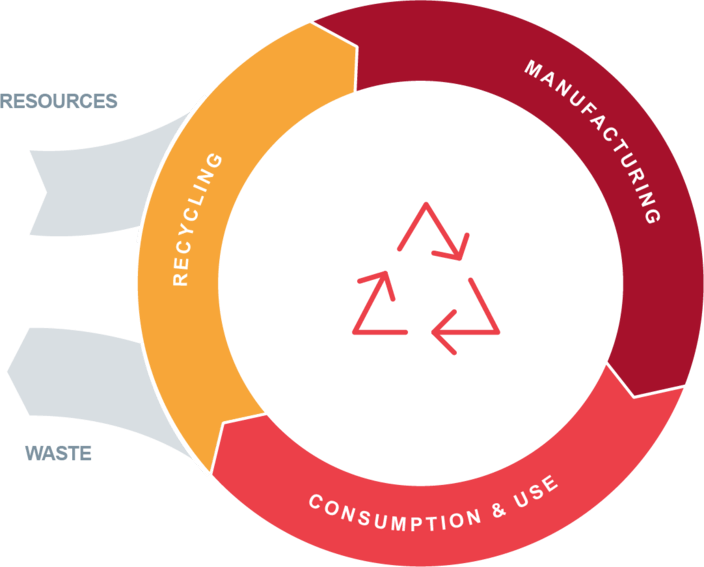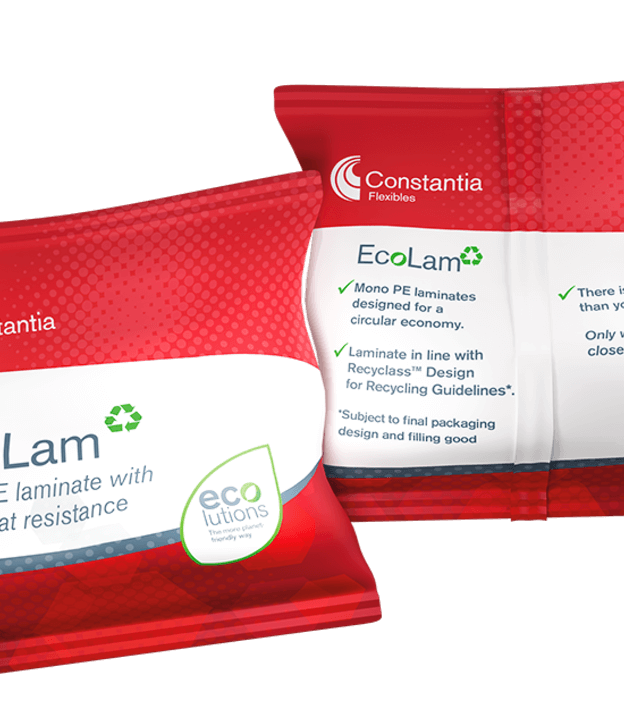
Recyclable packaging
We want to contribute actively to the progress towards a circular economy
Our mission is to produce high quality packaging protecting food/pharmaceuticals with the lowest possible environmental impact. This includes a life cycle approach by considering the entire life of flexible packaging to avoid shifting environmental burdens from one life cycle stage to another. Additionally it is necessary to take care of these precious materials at their end of life and working towards recyclable flexible packaging. Constantia Flexibles targets a portfolio which is 100% Designed for Recycling by the end of 2025.
Recyclability in this context is an ambiguous term, as it can mean different things to different people in different contexts.
A packaging is recyclable if there is an infrastructure available in practice and at scale.
In practice and at scale means that there is an existing (collection, sorting and recycling) system in place that actually recycles the packaging (not just a theoretical possibility) and that covers significant and relevant geographical areas as measured by population size.
The set definition of recyclability is aligned with our group wide recyclability target, which is also part of the New Plastics Economy Global Commitment and agreed by Constantia Flexibles’ board.
We at Constantia Flexibles assessed all our packaging products regarding their recyclability according to this definition. This is an ongoing process as constant changes in technology or country specific regulations are taking place. We are not perfect yet, but together with our customers and international working groups such as the New Plastics Economy we continue to walk this way for the vision of a Circular Economy.
Learn more about recyclability
Recyclability is generally defined by two parameters: the material composition of the product and the real recycling options after usage. Energy recovery or the use as a fuel is not considered recyclable in this context. Given the above fact means e.g. one specific packaging can be recycled within the EU but not in the US (because of the missing technological infrastructure at an economic scale).
That is why design is so important for the recyclability performance of packaging. That implies that recyclable materials must be able to be clearly identified. When designing flexible packaging for a circular economy it is essential that the packaging can be collected, sorted and recycled. Ultimately those recycled materials should be used in end market applications where they are kept in the loop and can be used again and again.



